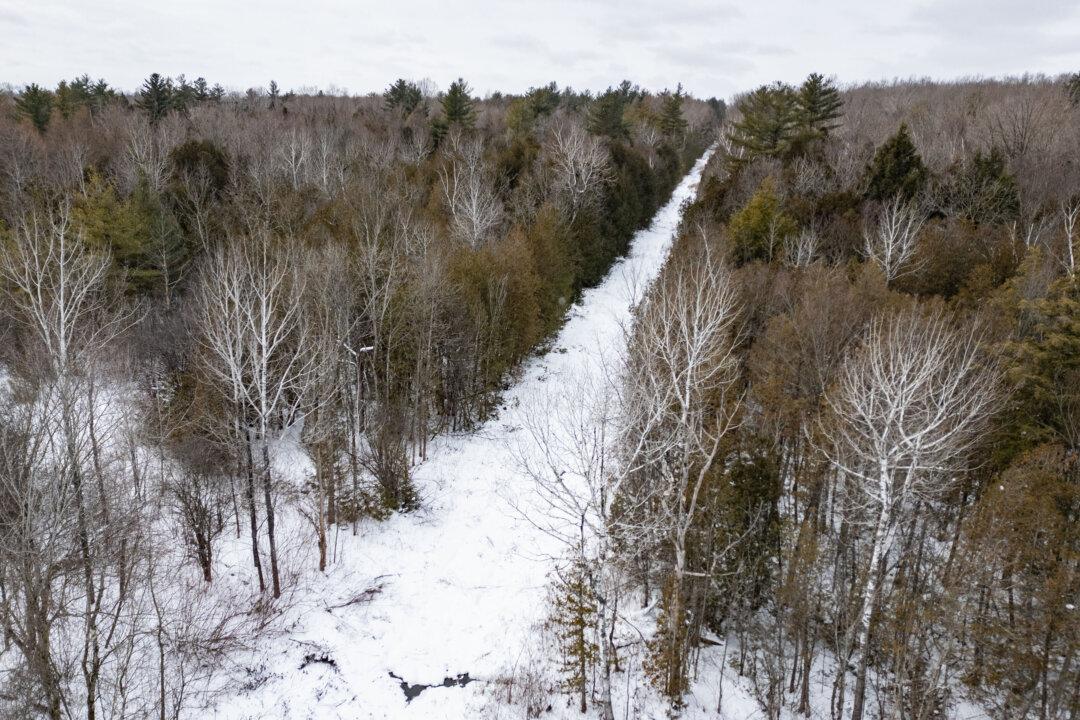One of the country’s newest navy ships is tied up in a U.S. port after it sprung a leak and took on 20,000 litres of water.
HMCS Max Bernays is one of Canada’s new Arctic and offshore patrol ships, built in Halifax by Irving Shipyards.
The ship was taking part in the multinational Rim of the Pacific Exercise, also known as RIMPAC, when it began to take on water on July 12. News about the leak was first reported by the Ottawa Citizen.
A Defence Department spokesperson said a valve and pump in one of the ship’s seawater cooling systems was leaking for about half an hour and in that time 20 cubic metres of water entered the bilge.
“This issue was identified rapidly, and the naval technical department aboard HMCS Max Bernays assessed that ship needed to return to port,” said Kened Sadiku in an email.
It’s not clear how long the repairs will take, and the navy is still trying to determine if the other seawater cooling system is affected. Mr. Sadiku said it is also unclear how this will impact the ship’s participation in RIMPAC or the rest of its schedule.
HMCS Max Bernays was delivered to the navy in late 2022 and is the third Arctic and offshore patrol ships to be built. Another three ships are in production.
The project to build the six ships is budgeted for $4.98 billion, and the government has signed a $5.2-billion, 35-year support contract with Thales for the patrol ship fleet, and for two joint support ships that have not yet been built.
Max Bernays is one of three Royal Canadian Navy vessels sent to support Canada’s Indo-Pacific strategy this spring.
HMCS Vancouver, MV Asterix and a shore-based cohort of about 300 Canadian Armed Forces members were also part of the contingent headed to RIMPAC.







